Creating and selling an online course can be SCARY.
It takes a lot of time and commitment to create a high-quality course, and then there’s THE big question once it’s ready to go:
Will anyone actually buy it??
This article will reduce your anxiety by helping you create a course you KNOW people want to buy.
[click_to_tweet tweet=”Validating your course idea will greatly reduce the risk involved in creating an online course…because you’re making sure your course will sell BEFORE you invest in expensive course software or spend weeks or months creating content.” quote=”You will do this by validating your course idea. This will greatly reduce the risk involved in creating an online course…because you’re making sure your course will sell BEFORE you invest in expensive course software or spend weeks or months creating content.” theme=”style6″]Following are 11 ways to practically guarantee your course will sell!
1. Udemy’s Marketplace Insights

Udemy is the largest online course marketplace, and their Marketplace Insights tool is a great place to start validating your course.
Here’s how to do it: Start by signing up (for free) as an Udemy instructor.
Once you’ve set up your account, click on Instructor Dashboard and then Marketplace Insights.
Then simply type in a keyword or two related to your topic. For instance, if I wanted to create a course related to Facebook marketing, I’d type this into the search box.
You’ll then get a bunch of info related to courses on this topic, including student demand, the number of courses on this topic, how much instructors of these courses typically make, and other related topics.
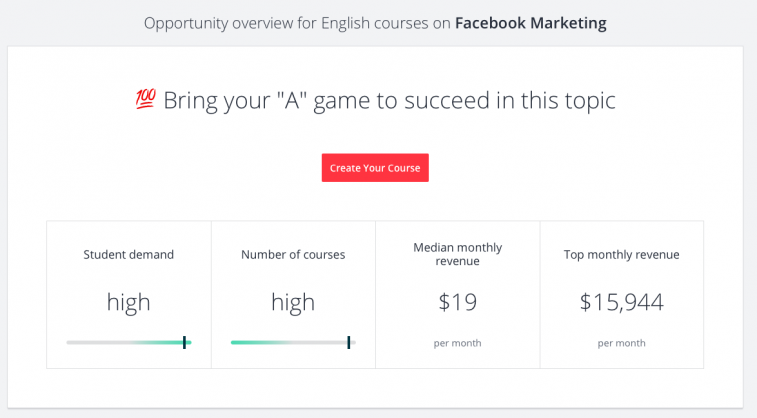
This is a goldmine of information! However, keep in mind that this info is ONLY from Udemy…so the results may not generalize to other platforms.
2. Google Keyword Planner
Google’s free keyword tool is another great way to see how much interest there is online for your topic.
Here’s how it works: Once logged in, click Find new keywords, then enter a few words or phrases related to your course topic (separated by commas).
You’ll now get a bunch of info about these words and phrases, including average number of monthly searches and how much competition there is for these keywords.

The main piece of info that will be helpful for you is how many monthly searches there are. The more the better! Lots of searches will generally mean lots of interest in your topic.
I definitely wouldn’t “hang your hat” on what you find here…you’ll still need to validate your topic using the other strategies on this list. But it’s a great place to start!
3. Amazon Kindle eBooks

Negative feedback could reveal info you can use as you develop your course
This is another quick and easy validation strategy.
Go to Amazon’s Kindle books and see how many books there are on your topic. If there are only a handful, this could indicate that there just isn’t that great a need for your course!
But if there are a bunch, you could be on to something.
Take things a step further by looking through the top-rated eBooks on your topic and analyzing the following:
- Look through the table of contents to see which topics and subtopics the book covers. These could potentially be topics you could cover in your course.
- Look through the positive and negative user reviews for these books to see what you can incorporate into your course. I find negative feedback especially useful: this way you can potentially find and fill a knowledge gap through your course content.
4. YouTube Tutorials

Go to YouTube and see if there are tutorials related to your topic. Lots of tutorials with high view counts usually means lot of demand for learning about this topic.
Dig down even further to get specific feedback on these videos:
- What questions are people asking in the comments?
- What topics and subtopics are covered in these tutorials?
- Do any of these YouTubers already offer online courses on these topics? This could indicate that there’s a market for another course (or too much competition could mean you’re facing an uphill battle).
5. Sell a Mini-Course
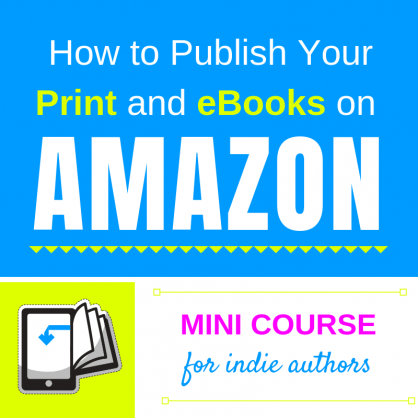
Via Gutsy Creatives
Create a mini-course on the same (or a very similar) topic to what your main course will be about. But instead of building out all your content, create only a small portion of it – like around 10-20%.
You can deliver this content via a Facebook group by using Facebook’s Social Learning units, or even just via email.
However you structure your mini-course, I recommend charging for it…even if only for a nominal fee. The reason for this is simple: [click_to_tweet tweet=”Selling a mini-course validates that people are actually willing to pay for your online course…not just download it for free.” quote=”You want to validate that people are actually willing to pay for your course…not just download it for free.” theme=”style6″]
6. Sell a Simple Info-Product
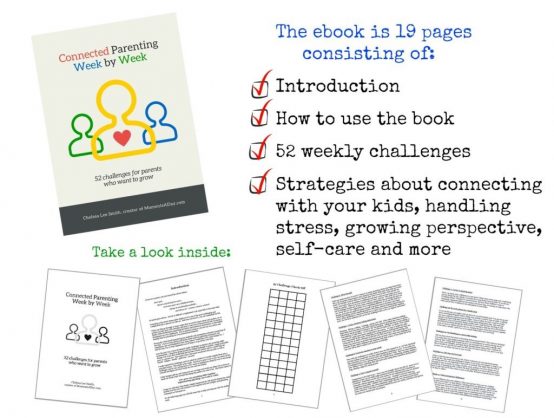
Via Moments a Day
Creating a short eBook or guide is another low-risk way to validate your course idea.
Using the strategies above, first decide what topic(s) you’re going to cover. Then, take a day or two to create an awesome downloadable product you can promote to your audience.
Again, I strongly recommend charging for your product to see whether people are willing to pay for content on this topic.
You don’t have to charge a lot, but even charging $10-$20 will give you a pretty good idea of how viable your course may be.
7. Pre-sell Your Course

Via Nabeel Qureshi
This strategy is a little bit more involved, but is probably the BEST way to find out whether your course will sell or not.
Here’s how it works: First, decide on the topic and name of your course, and come up with a brief overview. It doesn’t have to be precise, just make sure you have a good handle on what most of your subtopics will be.
Next, create a simple landing page where you outline your course. If you like, you can create a simple graphic to promote your course using a free tool like Canva.
Finally, mention that you’re taking pre-orders for your course, and let people know when they’ll receive access. Offer an early bird discount, and provide a way for them to purchase the course.
That’s it! If your course sells, you know you’re onto something big.
Of course, the downside to this strategy is that if you DON’T get many bites, those who bought your course will likely be disappointed…and you’ll have to give back the money from pre-orders.
Nevertheless, if you want guaranteed validation before you create a single piece of course content, this is the way to go!
8. Start a Wait list for Your Course
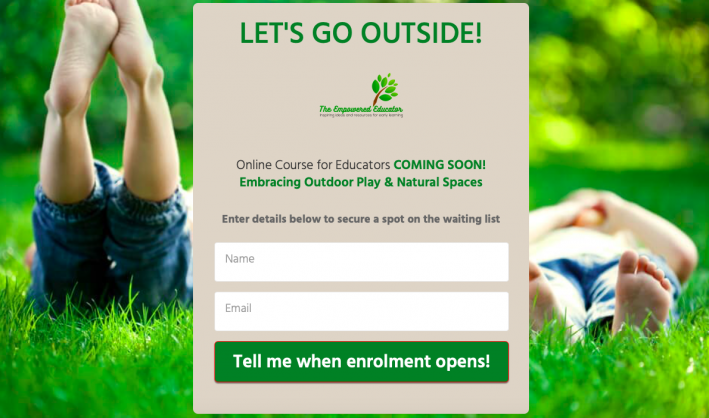
This one is similar to #7, but you won’t actually be accepting payment for your course. Create a simple landing page for your course, but instead of having a payment button, have an email signup link.
Let visitors know that signing up for your course waitlist will guarantee them a lower price once your course launches.
The best part of this strategy is that while you’re busy creating your course, you can continue emailing your list to generate excitement about your launch.
Keep in mind that not everyone who signs up for your waitlist will actually buy your course. Your conversion rates will vary significantly (often from 5-50%) depending on how long people have waited, what price you ultimately decide on, etc.
BUT, this can still be a good way to gauge general interest levels in your course.
9. Survey Your Audience
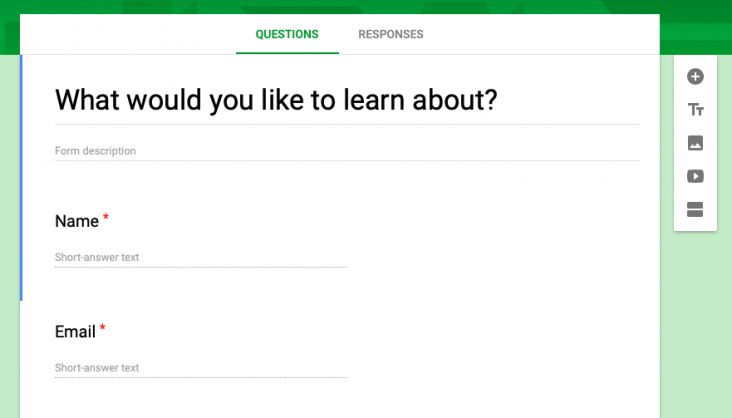
Why not go straight to the source?
Survey your audience to find out exactly what they’re struggling with, and what they’d like to learn more about.
This process can be super quick and easy if you use a survey tool like Google Forms (pictured above) or Survey Monkey.
Some questions you can ask them to validate your course idea include:
- What’s the #1 thing you want to learn about related to ___________? (your niche or topic)
- What’s your biggest struggle right now?
- If you could fix or change one thing today about your life/business, what would it be?
- How likely would you be to take an online course about ____________? (your topic)
I recommend collecting email addresses as part of this process. This way, once your course is live, you can let people know you’ve created a course on the exact issue(s) they wanted to learn about!
10. Scope Out the Competition
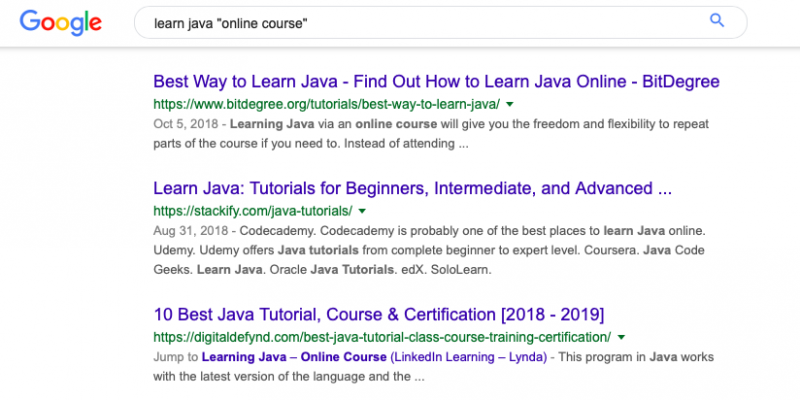
When creating an online course, the existence of competition in your niche can actually be a GOOD thing!
Unless you’re in a very unique niche where you’re the one and only expert (and this is rare, trust me!), the existence of other online courses in your niche is a sign that there’s a need (and market) for content on this topic.
Start by checking out course marketplaces like Udemy and Skillshare to see if there are courses on your topic. If there ARE courses on these platforms, are they actually selling? How many reviews are there for these courses? Just because a course exists doesn’t mean there’s a market for it.
You can also try googling to see if there are other courses out there on your topic. Try searching for “your topic” and “online course” to see what else is out there.
Another strategy is to visit popular sites in your niche to see if they offer an online course. If they seem to have a popular course with lots of reviews and testimonials, you could be on to something – what can you offer that will help differentiate your course from the competition?
11. Create a Pre-launch Sales Page
You have to be careful with this one…but when done right, it can be the most accurate way of validating your online course.
This strategy is similar to pre-selling your course. You’ll set up a sales page outlining your course content, and include a buy now button.
But here’s where it gets interesting: once someone clicks the button, they’ll receive a message something like this:
“We’re sorry, but we are currently not accepting new students. We’ll send you an email the next time we open enrollment”.
The reason this strategy is a bit tricky is you stand to seriously disappoint those who were ready to buy your course. But one way to ease the blow is to offer an exclusive discount due to the inconvenience!
[click_to_tweet tweet=”A pre-launch sales page is a great way to figure out if people are ACTUALLY willing to pull out their credit card and buy…and once your course is ready, you’ll have a list of people who are already primed and ready to buy!” quote=”This is a great way to figure out if people are ACTUALLY willing to pull out their credit card and buy…and once your course is ready, you’ll have a list of people who are already primed and ready to buy!” theme=”style6″]Final thoughts
I know it seems like a lot of work to validate your course idea…probably, because it IS!
But it’s definitely a step you shouldn’t skip – especially if you don’t have time and money to waste creating an online course no one wants.
I recommend taking at least a week or two BEFORE you start creating your course to work your way through this list. Trust me…once your course starts selling like hot cakes, you’ll thank me!
Need more help with creating and marketing your online course? Check out these posts:
The Complete Guide on How to Price Your Online Course for the Greatest Success
The 7 Best Online Course Platforms Compared (and How to Choose the One That’s Right for You)
Which strategies are you going to use to validate your course? Share with us in the comments below!
About Author
Kim Garst
Kim Garst is a renowned marketing strategist and speaker who is trailblazing the use of artificial intelligence in digital marketing. With over 30 years of experience as an online entrepreneur, Kim helps entrepreneurs grow their business and authority online by using AI technology. She is leading the way with proven AI frameworks that help entrepreneurs build authority in their space.
She is keynote speaker and an international best-selling author of Will The Real You Please Stand Up, Show Up, Be Authentic and Prosper in Social Media.
Named by Forbes as a Top 10 Social Media Power Influencer, Kim is well-known for her skill to simplify complex technology and make the use of AI understandable for business growth. Her relatable, actionable advice helps guide new entrepreneurs to harness the power of AI to succeed in digital marketing. Kim is leading the way in combining human and technological skills to create a new model for AI-powered marketing.

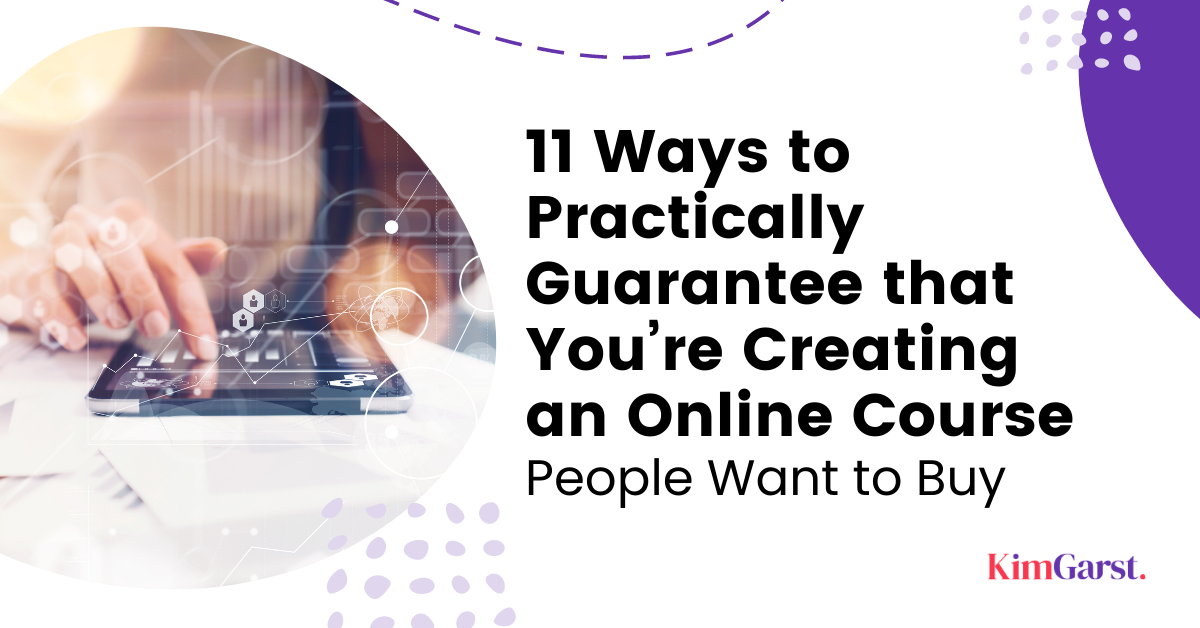

5 thoughts on “11 Ways to Practically Guarantee that You’re Creating an Online Course People Want to Buy”
Keep sharing, Kim. Thanks a lot.
Clear, concise, and immediately implementable, as usual. Thanks, Kim!
Hi Kim, Interesting post. All the tips are fascinating, but I single out “Scoping. Your Competition.” Yes, you don’t want to create a product nobody will buy, that is why you need to study your competitor to figure out what they’re sell. And that includes, as you mentioned already, analysing reviews and testimonials. This step will give you a heads up as to whether your proposed digital product will sell or not. Thanks for sharing, Kim.
Very informative post. Thank you!
This step will give you a heads up as to whether your proposed digital product will sell or not. Thanks for sharing, Kim.